After Auschwitz we then took bus a couple of kilometers to the overflow camp if you will, Auschwitz II- Birkenau. This was not an existing space and barracks like Auschwitz I so mostly wooden ones were erected by prisoners who had to walk to and from Auschwitz I each day. There are only a few of the wood ones left that have been preserved and some brick ones. This was a vast space that could house 100,ooo at one time as many as 400 each uninsulated, barely heated in winter and suffocatingly hot in summer. But as new ones arrived by the train load daily, room had to be made for them.
So let me walk through the process as I understand it happened.
Once Hungary, to pick a country, was overrun by the Nazis, one of the first thing they did, after making all Jews identify themselves by wearing a large Star of David, was to round them up for ‘relocation’ to a ‘safer’ place than the war zone they were suddenly in. They were told they could only take what they could carry so were advised to take only their most valuable possessions with them. So very clever of the Nazis to make their victims select only the best. It made plundering so much more efficient. That word again, efficient. They were then put into box cars, whole families together. So packed that if someone died from fear, sickness or hunger they would not even fall down but were supported by those jammed against them.
They would arrive through this gate, you can see the chimneys of the wooden barracks. Pictures do not do justice to the immensity of the place.
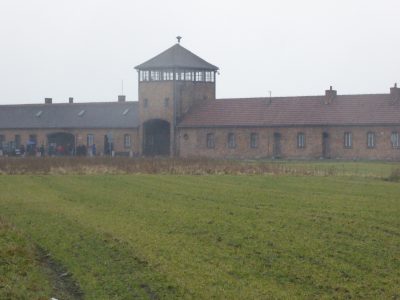
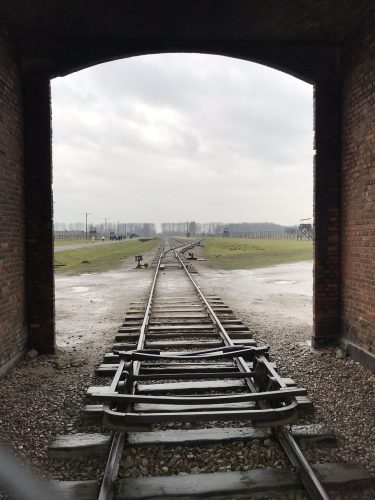
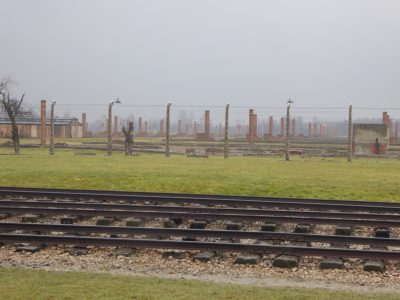
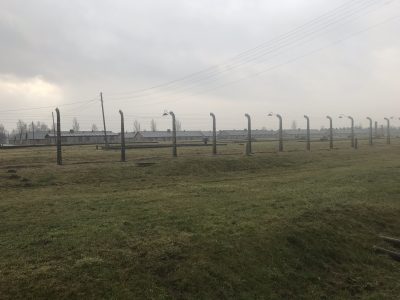
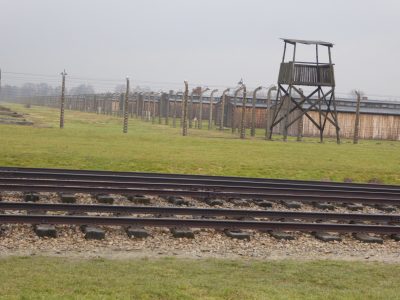
This was one of the original box cars. A small plaque tells us that in these box cars 400,000 Hungarian Jews, men, women & children were transported to concentration camps, then here and murdered.
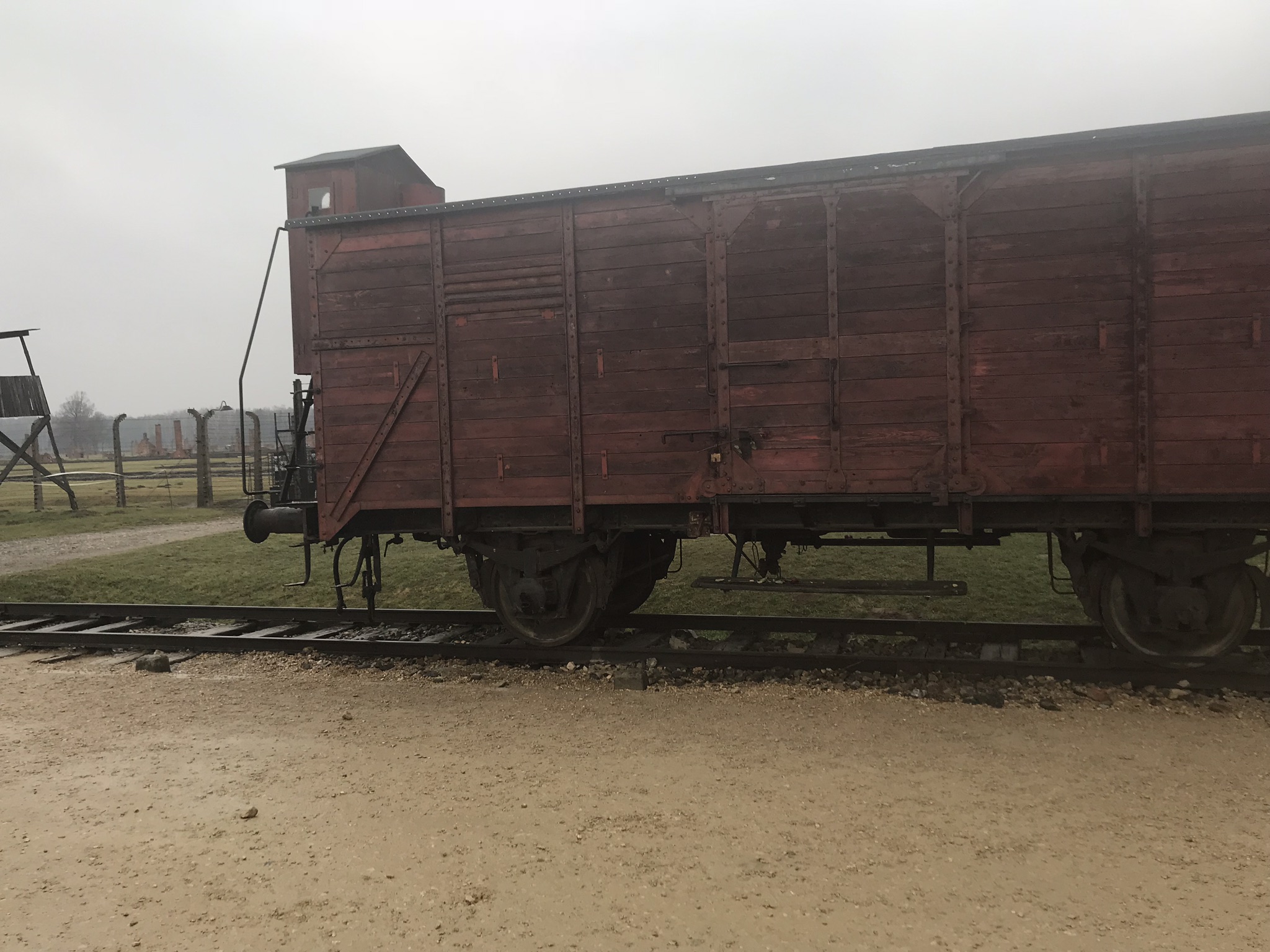
Upon leaving the box car a doctor would evaluate the prisoner’s ability to be useful. That is, to be able to work. Pregnant, very young, old, sick or lame? The examine was cursory and instant. A simple hand wave left or right was all it took to sentence an innocent person to death. Those not chosen as workers were told to drop their bags which would be forwarded to the barrack they would be in after the delousing shower. This is a pile of their luggage.
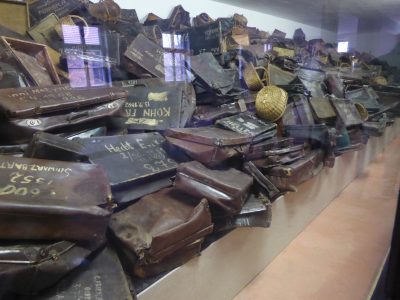
Other Jewish prisoners would be forced to go through the bag and sort the contents for later use.
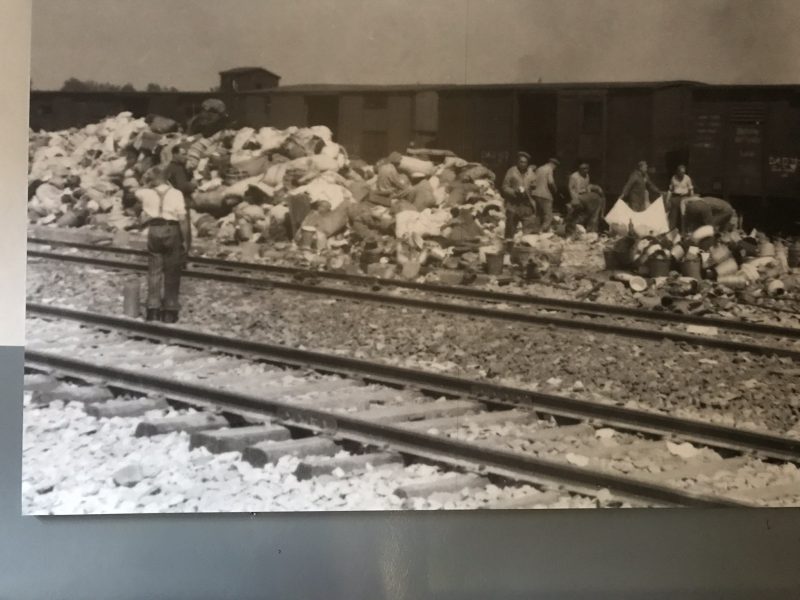
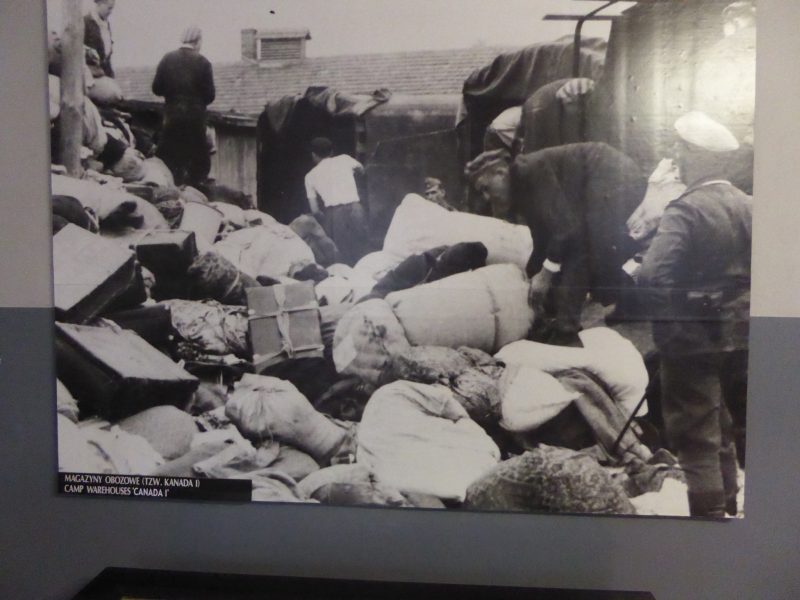
This was where the doctor decided who was to live, for a while, and who was to be murdered that day. That hour.

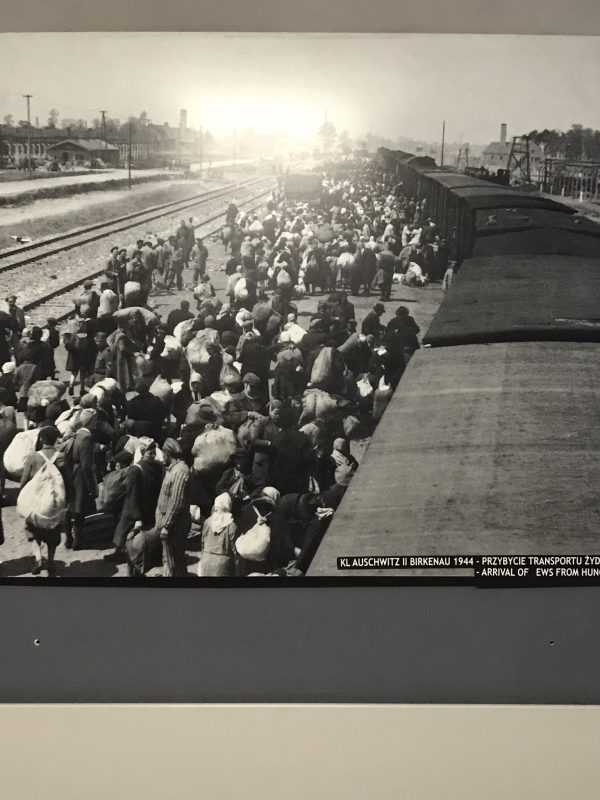
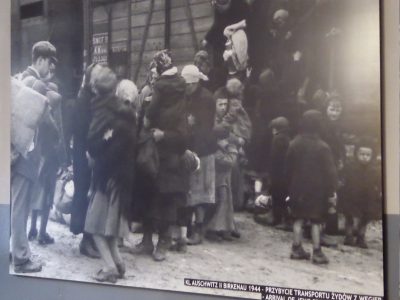
If you didn’t notice it, the note at the bottom of this picture reads:”On the way to death.” These children were separated from family and killed.
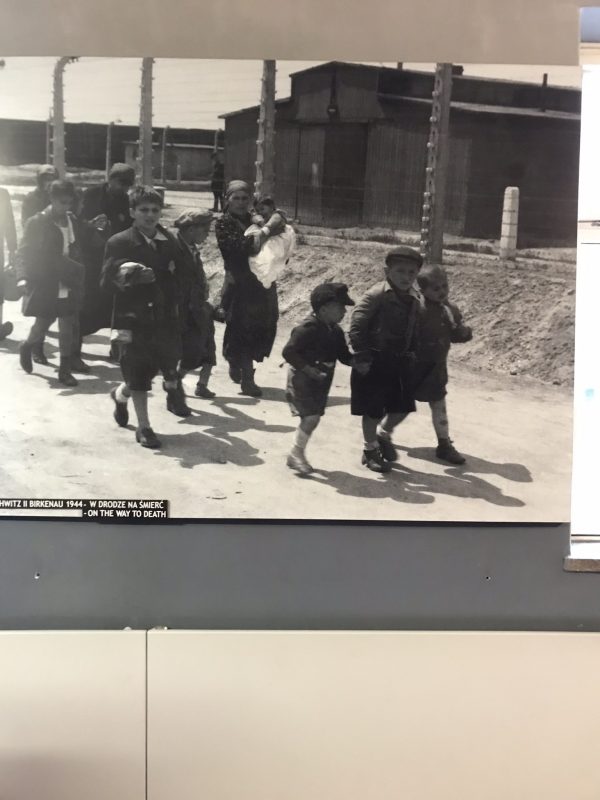
This doctor’s building can be seen in the first of the three B&W ones above.
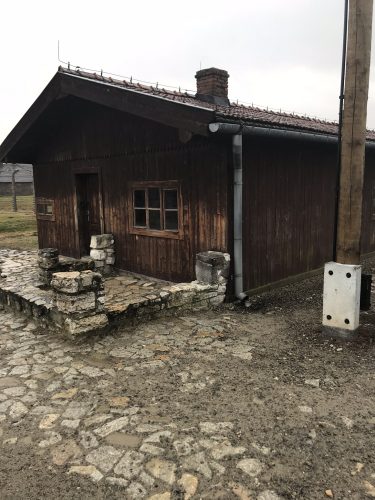
Knowing the Russians were close in 1945 the Nazis tried to destroy evidence of their war crimes by blowing up the gas chamber/crematoriums. At the far end you can still see the entrance steps.
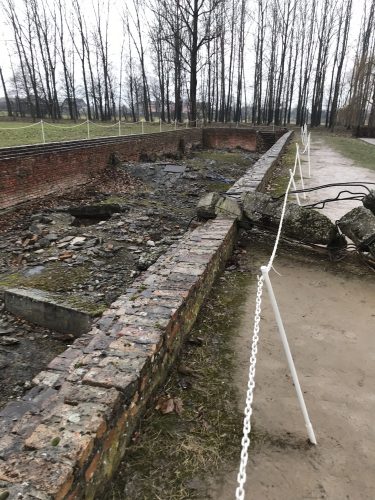
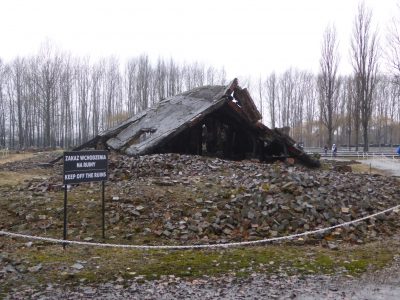
The ashes of the dead were dumped into this pond and then periodically removed to be used as fertilizer. The Nazis were efficient and wasted nothing. Human fertilizer!
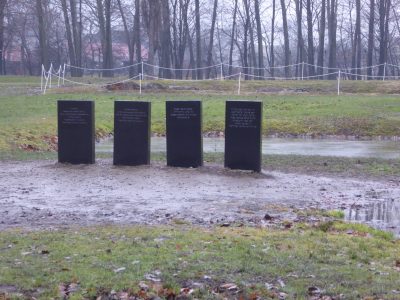
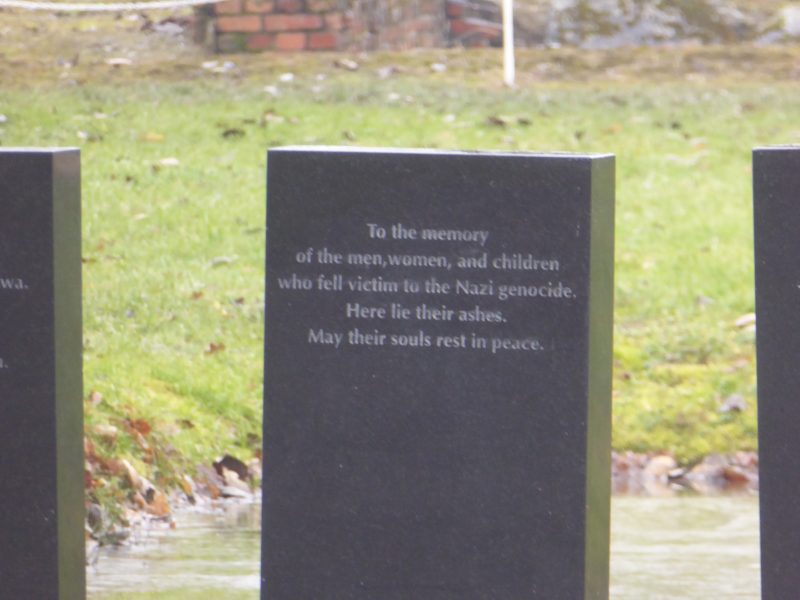
So they walked down the road, women holding their children close wondering in some cases where their father had gone. Old men tried to comfort the younger. Old women prayed. And they all walked unknowingly to their death in a room of about 2000 sq/ft
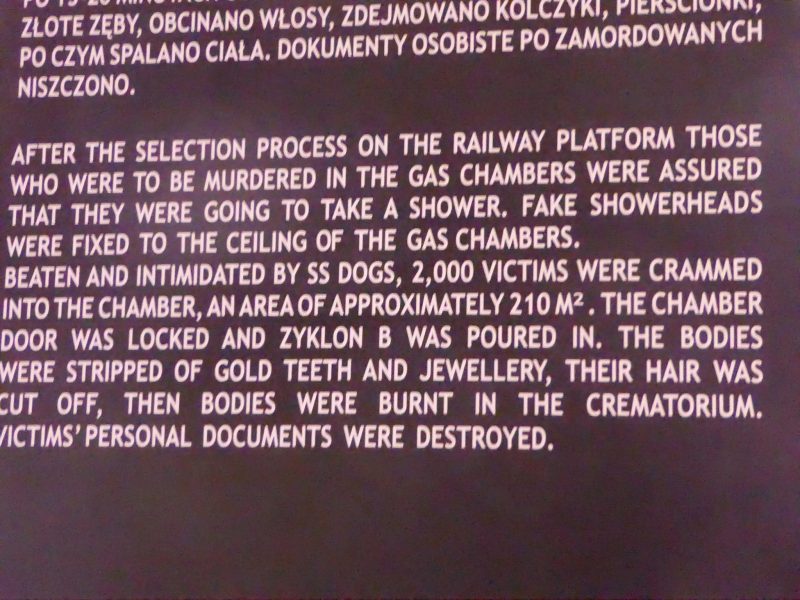
{ 0 comments… add one now }